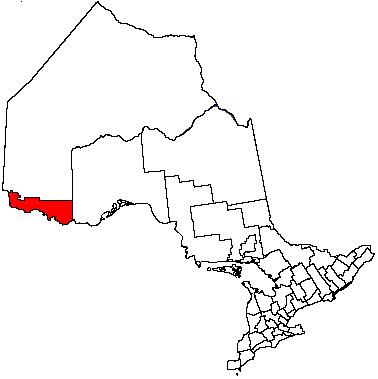 | ||
Rainy River First Nations is a Saulteaux (Ojibwe) First Nation band government in Emo, Ontario, Canada.
Contents
History
The First Nation is an amalgamation of seven historical Rainy River Saulteaux bands. Six of them either sold or transferred their Reserves in 1914-1915 and then began the amalgamation into a single Band. The Canadian federal government made the amalgamation official in the 1960s. The seven historical Saulteaux bands forming the Rainy River First Nations (and their historical reserves) are:
Governance
The First Nation have an electoral system of government, consisting of a Chief and five councillors forming their council. Chief Jim Leonard, II, and Councillors Robin McGinnis, Brian Cochrane Sr, Marcel Horton, Shawn Brown, Kim Detwieler are serving their two-year term that began in October, 2013.
The First Nation is a member of the Pwi-Di-Goo-Zing Ne-Yaa-Zhing Advisory Services, a regional Chiefs Council, which in turn is a member of the Grand Council of Treaty 3, a Tribal Political Organization serving many of the First Nations in northwest Ontario and southeast Manitoba.
Reserve
The First Nation have reserved for itself two Indian Reserve tracts:
With the "Rainy River First Nations Land Settlement Agreement", some of the former reserves and other lands within the First Nation's Customary Use Area lands are made available to have either additional lands set in Reserve or have the Crown oversee in Trust the land for the benefit of the First Nation.
